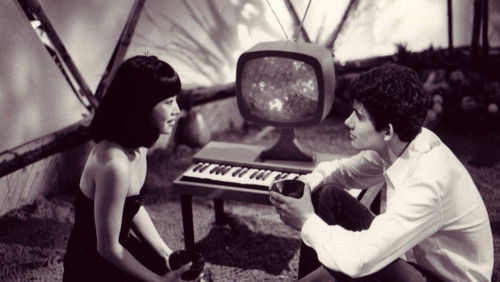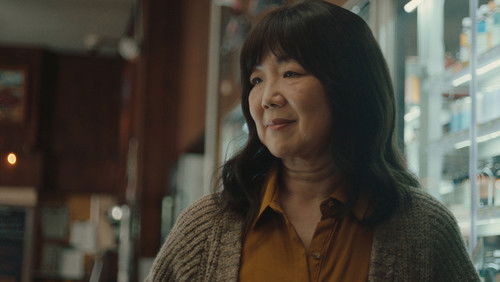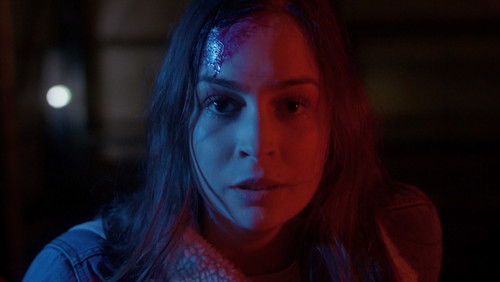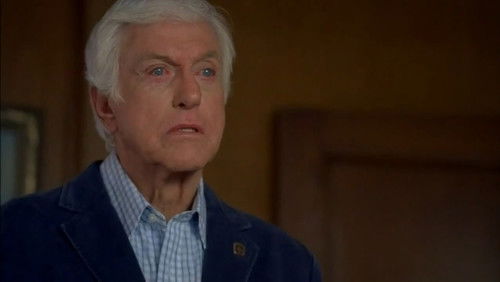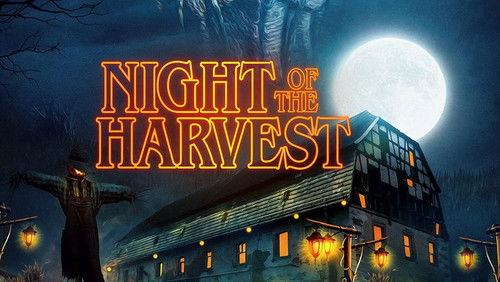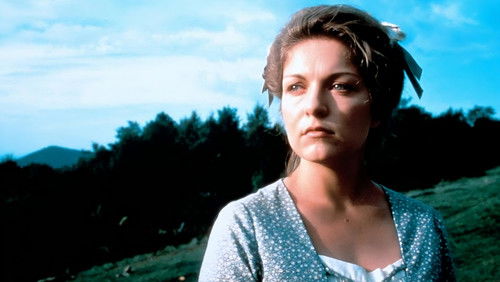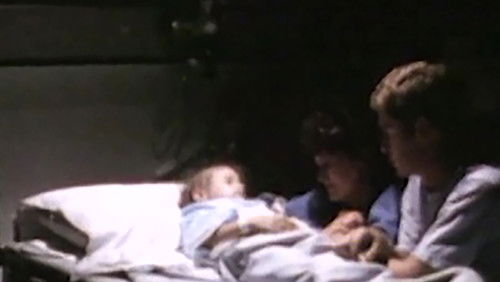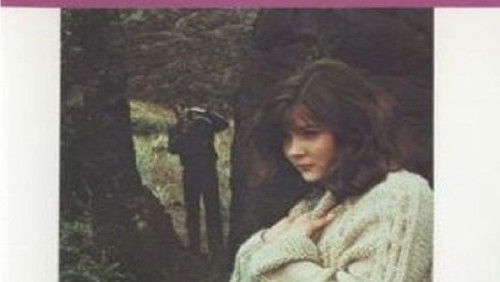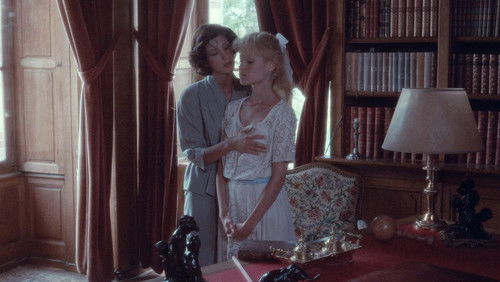Schauplatz des Verbrechens (1986)
58KSchauplatz des Verbrechens: Directed by André Téchiné. With Catherine Deneuve, Danielle Darrieux, Wadeck Stanczak, Nicolas Giraudi. In the woods, a 13-year-old boy is grabbed by an escaped convict and told to bring money later that day. The boy does as he’s told, only to be attacked by the convict’s partner. A murder ensues, and through happenstance, the murderer and the boy’s mother form an alliance. All this takes place in four days during which the boy has his first communion, his separated parents face each other amidst grandmother’s hopes they’ll reunite, the grandfather just wants to go fishing, the school’s chaplain complains about the boy’s behavior, and the convicts’ shared girlfriend comes, gun in hand, to help them escape to Tangier. The mother’s surprising decisions complete the story.
“Iu0026#39;ve only seen three of Andre Techineu0026#39;s films (u0026quot;Rendez-Vous,u0026quot; u0026quot;Scene of the Crime,u0026quot; and u0026quot;Wild Reedsu0026quot;) but after watching u0026quot;Wild Reedsu0026quot; I knew Iu0026#39;d have to watch everything else heu0026#39;d ever made, for now I was a life-long fan.u003cbr/u003eu003cbr/u003eu0026quot;Scene of the Crimeu0026quot; has many of the virtues of u0026quot;Wild Reeds,u0026quot;–a film that will inhabit you for weeks after youu0026#39;ve seen it–chief among them Techineu0026#39;s intelligence and sensitive handling of character and flair for melodrama. If Thomas Hardy were alive today, heu0026#39;d probably be Techineu0026#39;s script-writer.u003cbr/u003eu003cbr/u003eThe filmu0026#39;s two concerns are repression and freedom. Thomas–a sullen angry 13 year old–and Lili–his dreamy, distractedly neurotic mother– undergo several collisions and unions with a young escaped convict and his friends: they are left to pick up the pieces and reconfigure their lives. Both mother and son are bound by a repressions whose roots are in family, community and religion. And each conflict with others binds them like a rope, so that Thomas futilely lashes out in anger while Lili attempts to lose (and in doing so) find herself with an act of impulsive negation. We could trace much of the repression toward the less likable characters–other criminals or family members–but doing so is futile. Techine understands what Renoir meant when said u0026quot;everyone has his reasons,u0026quot; and so this film isnu0026#39;t about the difficulty of living with other people, but the difficulty of living in this universe.u003cbr/u003eu003cbr/u003eTechine has often been called a u0026quot;novelisticu0026quot; director; meaning he takes you deep inside his charactersu0026#39; thoughts and motivations. This doesnu0026#39;t involve voiceover, just Techineu0026#39;s direction and the melodramatic plots that force their characters into confrontations ordained by the strength of their passions. Melodrama asks the most of its characters; requires them to feel and undergo all they can. Itu0026#39;s numerous coincidences, and run-ins can seem like an amplified version of lifeu0026#39;s randomness and havoc. Techineu0026#39;s approach involves an analytical acceptance of melodramau0026#39;s approach to narrative; a willing and measured use of its conventions, resulting in narratives that often seem more vivid than reality and paradoxically more truthful and satisfying. The emotions unearthed are more intense than those brought out by reality, but possess the inner truth of reality.u003cbr/u003eu003cbr/u003eHis technique is not flashy, attention-getting or hyper-formalistic: which means it works discreetly and extremely well. There is an ever-present analytical attention to the natural (and un-) surroundings that surround his characters, along with an intense intimacy toward them. He follows very few rules, and mixes quick cutting with measured long takes and a mobile camera. All this allows us to move back and forth and toward and away from his characters, sympathizing with them in close-up one moment, then judging at a detached angle or pan to another characteru0026#39;s reaction. It is a wonderfully effective method, and constantly reminds us of each characteru0026#39;s motivations (as do the relentless melodramatics.)u003cbr/u003eu003cbr/u003eTechineu0026#39;s films arenu0026#39;t formally difficult, but if you lose track at one point itu0026#39;s hard to catch up, because his characters will have accumulated even more motivations and reactions by then. The intense sensitivity of his style allows us to accurately register each characteru0026#39;s accumulating layer of emotions, which continually enlarge their motivations. To lose track of that accumulative process is probably what happened to Roger Ebert, who wrote the film should have been a gangster drama made in 1939, so that the melodramatic plot would seem more acceptable and Techineu0026#39;s moments of psychological insights wouldnu0026#39;t seem so u0026quot;out of place.u0026quot; (The film IS primarily flawed in the sketchiness of the convictu0026#39;s lover and the overly-rushed pace of the climactic sequence.)He doesnu0026#39;t consider that the melodrama of the plot is precisely what allows for those moments of psychological insight. And desire for the film to be an old-fashioned crime noir seems inexplicable, when this is obviously a family drama where crime serves to provoke a shake-up and re-evaluation of family relations and the life-directions the characters have chosen. At the end of u0026quot;Scene of the Crimeu0026quot; weu0026#39;re not sure whether Thomas and Lili have either recovered or damaged forever. And as Lili hauntingly remarks, after a certain point, losing and finding yourself may be the same process.”
